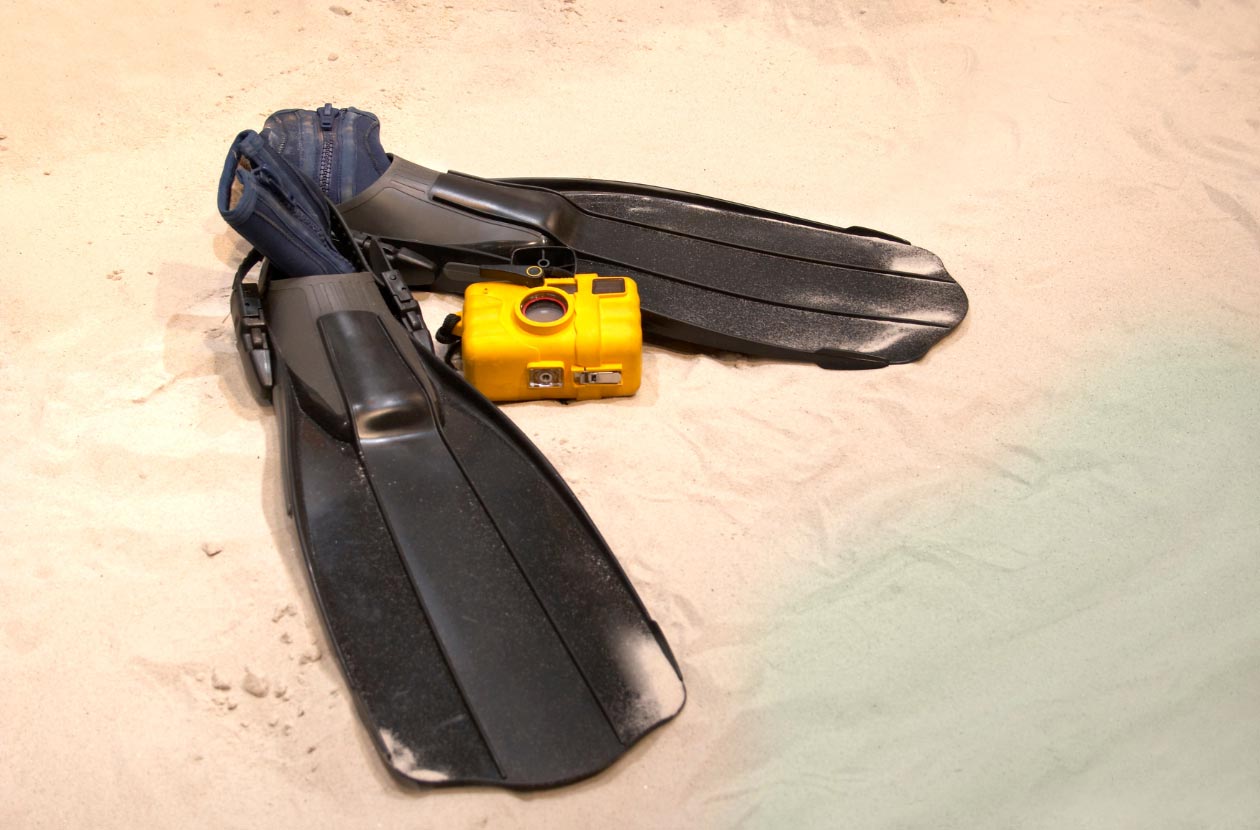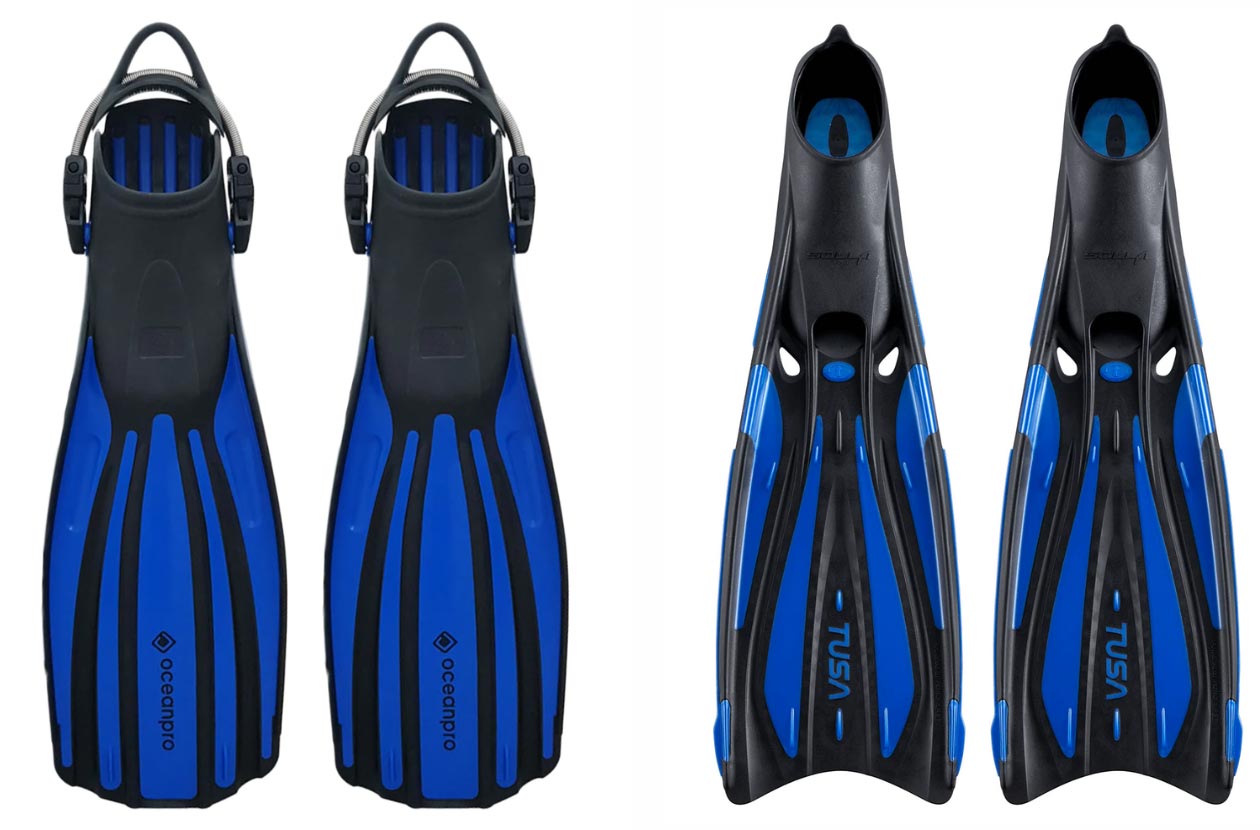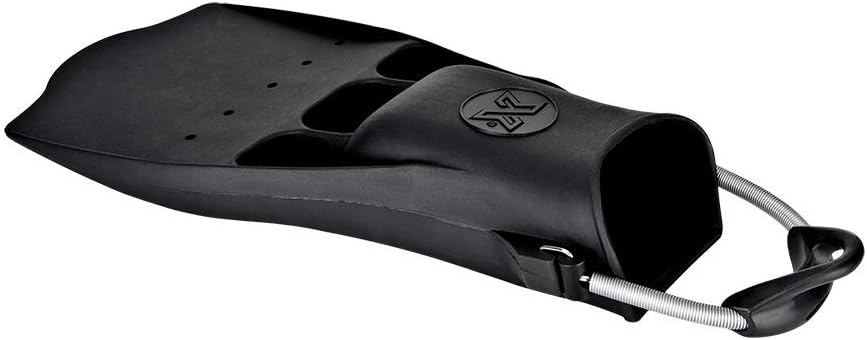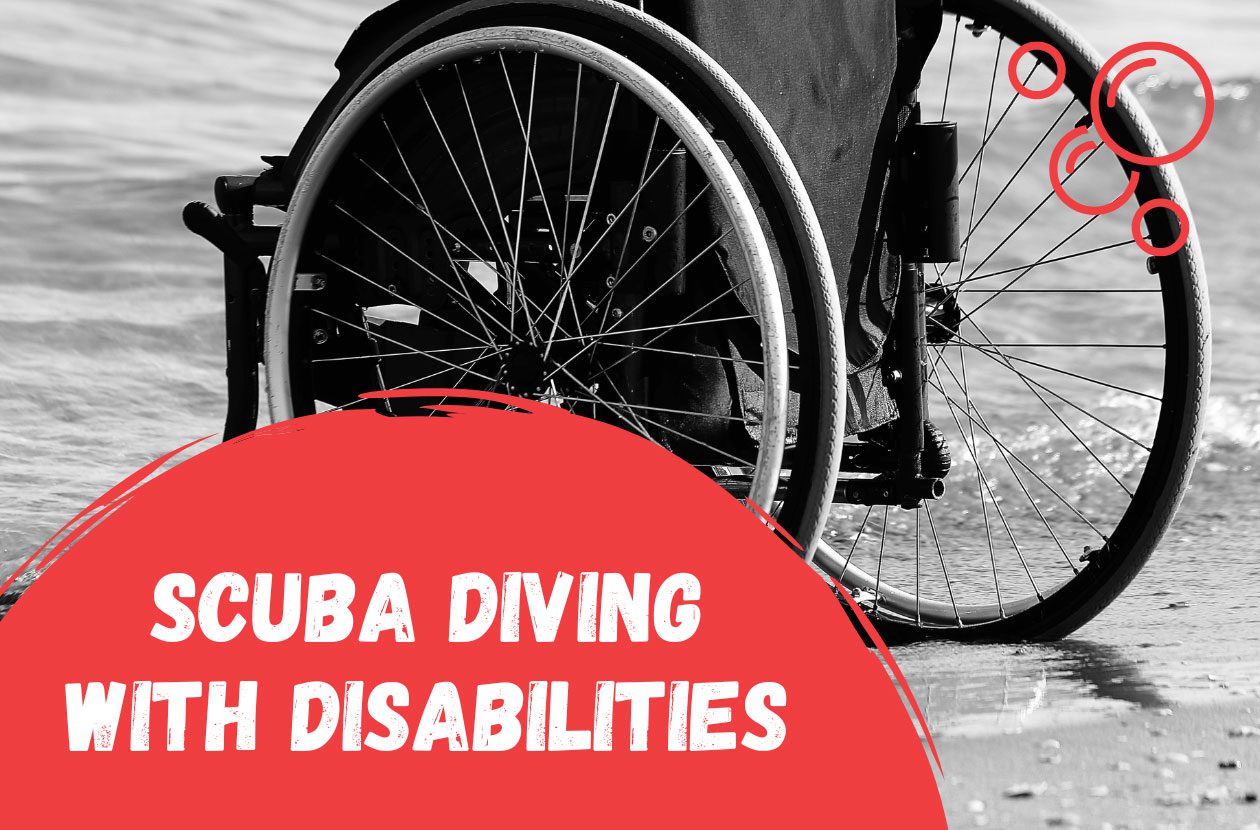Scuba diving fins are one of the most important pieces of equipment, right? But do you know how to choose them? Well, before you embark on your scuba diving adventures, there’s one essential piece of gear you need to consider – diving fins. In this beginner’s guide, we’ll dive into the world of scuba fins, explore the differences between snorkel fins and scuba diving fins, and help you choose the perfect pair for your underwater escapades.
Table of Contents
Basics of scuba diving fins
Let’s start with the basics. Diving fins are specially designed footwear that enhance your swimming abilities underwater. They come in various shapes, sizes, and materials, catering to different diving styles and preferences. These are shoes in which walking is almost impossible or at least very uncomfortable. However, you will be very limited underwater without them, and diving will be more about staying in the same place all the time. Simply put, moving underwater without fins is a real challenge.
Why do I need fins for diving?
Excellent question, fellow adventurer! Diving fins are an essential piece of your scuba equipment for several reasons. As I mentioned above, moving underwater without them will be a real challenge, but that’s not all. Let’s dive into their features and importance:
- Increased Propulsion and Efficiency: When you’re exploring the underwater realm, you’ll encounter resistance from the water. Scuba diving fins are specifically designed to increase your swimming efficiency by providing you with greater propulsion. With each kick of your fins, you’ll propel yourself forward with less effort, allowing you to cover more distance and conserve energy during your dives.
- Maneuverability and Control: The underwater world can be a dynamic and ever-changing environment. Scuba diving fins offer you better maneuverability and control over your movements. The large surface area and curved shape of the fin blades generate thrust, enabling you to navigate through currents, change directions swiftly, and maintain stability while exploring different dive sites.
- Conservation of Air Supply: Efficient finning techniques using scuba fins can help conserve your air supply. By using proper finning techniques, such as the flutter kick or frog kick, you can minimize water resistance and exert less energy, resulting in slower air consumption. This allows you to extend your dive time and explore for a longer duration.
- Safety and Emergency Situations: In certain situations, fins can be a lifesaver. If you encounter strong currents or need to swim against a current, the extra power provided by your fins can help you maintain your position or make your way back to the boat or shore. Additionally, in emergency scenarios, diving fins can aid in swift underwater movements, enabling you to reach safety or assist fellow divers more effectively.
- Enhancing Diving Experience: Using diving fins underwater enhances your overall diving experience. They allow you to glide effortlessly through the water, providing a sense of freedom and weightlessness. By reducing the strain on your leg muscles and offering improved hydrodynamics, scuba fins enable you to focus on observing marine life, exploring fascinating underwater formations, and capturing memorable moments without feeling fatigued.
Snorkel fins vs. scuba diving fins
If you’ve looked up anything about fins on the Internet, you know there’s a whole bunch of them. They differ in many apsects, but you have found some cheaper ones that are described as snorkeling fins. You may be wondering now: “What is the difference between snorkeling fins and diving fins?”. Well, my curious friend, although both are used to aid swimming, there are a few key differences between the two:
Design and Length
Snorkel fins are typically shorter in length and have a closed heel design, providing flexibility and ease of use for surface swimming and snorkeling. On the other hand, scuba diving fins are longer and offer a more powerful thrust, allowing you to dive deeper and navigate through currents more effectively.

Blade Shape
Snorkel fins often have a flat or slightly curved blade shape, providing a moderate amount of propulsion for surface swimming and casual snorkeling. Scuba diving fins, on the contrary, feature a larger and more curved blade shape, generating greater force and acceleration, essential for maneuvering underwater and combating water resistance.
Rigidity and Material
Snorkel fins are generally more flexible and lightweight, constructed from materials like rubber or plastic. They prioritize comfort and ease of use for leisurely snorkeling activities. On the other hand, scuba diving fins are sturdier and more rigid, made from materials such as carbon fiber, ensuring optimal power transmission and durability during more intense scuba dives.
Choosing the right pair of diving fins
Now that you know the differences, let’s move on to the process of choosing your first pair of diving fins. Of course, as with all pieces of diving equipment, the choice is very personal and you really have to decide for yourself what will work best for you. However, when choosing scuba fins, consider the following factors to find the perfect fit:
Closed heel or open heel
The first choice is whether you want fins with a closed or open heel. A closed heel is similar to the kind of shoe you put on over your entire foot. It needs to be a good fit, and if you don’t use neoprene socks, the more likely you are to get injuries.
An open heel is one with a strap or spring at the back to hold the fin in place. Such fins usually use additional shoes, which have many advantages. The foot is extra insulated and protected. And between dives you can walk in them as in normal shoes.

Fin Size
Yes, the fins are sized. Choosing the right fin size depends on factors like your body size, swimming style, and diving environment. Generally, larger divers or those diving in colder waters may require bigger fins for more propulsion, while smaller divers or warm-water enthusiasts may opt for smaller, more maneuverable fins.
Blade Type
The blade type determines the fin’s performance characteristics. For beginners, a medium-sized, flexible blade provides a good balance of power and ease of use. Advanced divers may prefer stiffer blades for enhanced propulsion. Experiment with different blade types to find your personal preference.
Material and Price
Consider the material and price range that suits your needs. Entry-level diving fins are often made of durable rubber or plastic, providing affordability and reasonable performance. As you progress in your diving journey, you might want to invest in higher-quality fins constructed from materials like carbon fiber for increased performance and longevity.
Trying Before Buying
Before buying, it is always a good idea to try several models in real action. In our dive center we have at least a few different brands and models available for our customers. We also know from experience which are not bad, and which are fit to be thrown away…
How much do diving fins cost?
The price of scuba fins can vary depending on a number of factors. Such as brand, model, quality, type of material and additional features. There is a wide price range, which can vary from tens to hundreds of dollars. The final price also depends on the region in which you are buying and the availability of a particular model on the market.
If you are a beginner diver or don’t yet have a big budget, you can find fins in a lower price range, usually made of durable plastic or rubber. Such models can cost around $50. As you gain experience and your interest in diving grows, you can opt for higher-quality fins made of advanced materials such as carbon fiber or composite, which provide better performance and durability. Such fins can have a higher price tag, ranging from $100 to $200 or more. For example, my favorite fins, which I think are the best I’ve ever used, are the XDEEP EX1 which cost about $150.

Scuba diving fins – let’s recap
There you have it, we’ve covered the topic of diving fins. By now you should have a solid understanding of the importance of fins, the differences between snorkeling fins and diving fins, and how to choose the right pair for your diving adventures. Remember, diving fins are your faithful companions in the water, propelling you to amazing encounters with marine life. So go ahead, strap on your fins and plunge into the enchanting depths that await you! By the way… Please speak like a diver and don’t use the term “flippers”… Have a successful dive!






